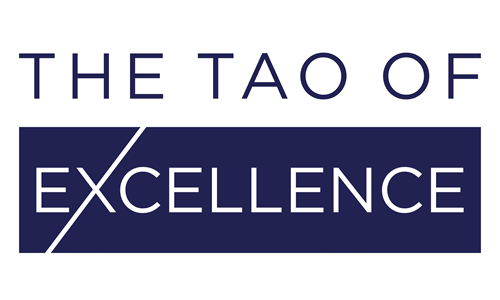Selecting your software
The medical device industry is in a period of unprecedented modernisation. Galvanised by international reform to regulations and new legislation that will improve both market transparency and safety for patients, this industry is now required by law to actively engage with technology and integrate software and digitalisation into its procedures and processes.
Surprisingly, for a sector widely associated with scientific discovery, innovation and cutting-edge technology, many organisations are still using a paper-based Quality Management System (QMS) rather than an electronic one (eQMS). These companies are now presented with both a new opportunity to streamline their QMS procedures—significantly lightening their workload—as well as a completely new frontier in their business; one, where the first steps and early decisions in digital transformation will significantly influence the entire trajectory and performance of the endeavour.
For that reason—and for those that are looking to move from a paper-based QMS to an eQMS—we would like to present for your consideration an outline of the first steps you can take to ensure your eQMS is successful, sustainable, and a significant improvement on your current system.
A systematic approach
- Define the project scope and project team: decide which processes in your QMS should be digitalized. Should all of them be? Or, perhaps just the most critical ones, or those that are most difficult to handle with paper? Assemble a QMS project team—ideally out of the people who are the process owners—and Make sure to include one person from the IT department.
- Decide on the software requirements: ensure you understand the current processes and discuss with the key users and process owners what they need to improve their work. Collect all this information in to create the software requirements, aka the User Requirements Specification (URS)—and don’t forget to include the IT requirements in the URS!
- Search for potential software: translate the URS into a checklist and make a broad search to list your top 20 potential software options. Use the URS checklist to make a quick evaluation of the selected software and organise the URS by category so that you can assess each requirement and compute a category score against each software option. Select your top 5 options to make a software shortlist.
- Confirm your commercial requirements: define how many users are going to be using the software and, based on the URS, decide if the software should be installed on-premises or as a cloud-based solution.
- Contact the vendors: ask your shortlisted vendors for more information on your top 5 software options. Using the commercial requirements and the URS, ask for a quote and to set up a live demo.
- Evaluate the software: use the URS to create an evaluation form with a grading system. All the requirements will be evaluated and graded during the live demo of each software, with every member of the eQMS project team filling out an evaluation form. At the end of all the demos, the evaluation forms should be collected to create an overall grade and summary of each software.
- The final round: select your top 2 software options and invite the vendors to do an onsite demo where they can answer any questions face-to-face. See if this changes any of your scores for that software for the final evaluation summary.
- Select your software: Use the quote and the final evaluation summary to compare your top 2 software options. Define your critical requirements and select your software accordingly.
- Create an implementation plan: with your selected vendor, start planning the implementation of your eQMS. Allocate a full year for the complete digitalization of your QMS and consider the level of resources that this will require.
- Perform a Gap Analysis: analyse the gap between your current processes and how you would like them to be. Additionally, consider what are the limitations of your selected software, as well as what more can it do with your processes and procedures.
- Implement your software: you are now ready to implement your software! Do this by following your project plan—and make sure you have fun along the way.
The Tao of Excellence has a specialist team of experts experienced in the selection, development and implementation of eQMS. To find out more about how we can assist you with your eQMS, visit our website or contact us today for a consultation. Follow us on social media to stay up-to-date with our Reflections page and read the next eQMS article detailing the best procedure for implementing your software.
Phone
+41 52 685 51 65
Email
[email protected]
Did you like this article? Follow us on LinkedIn and Twitter!


